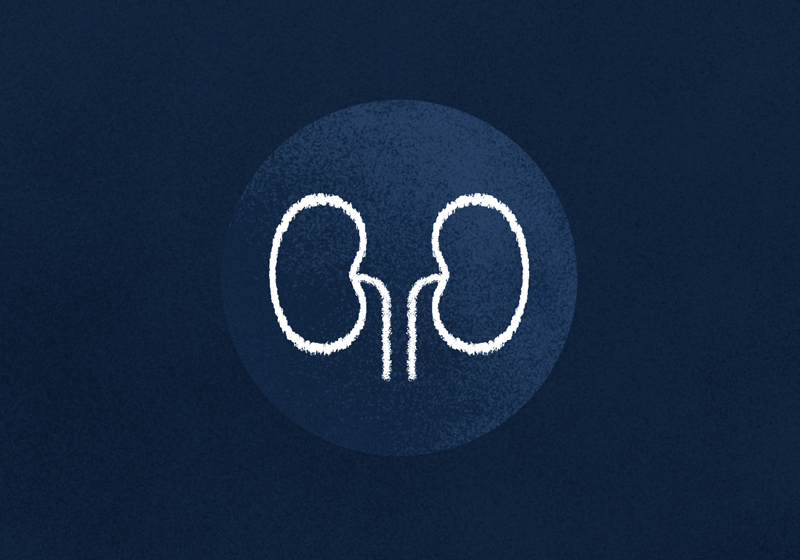Robotic pyeloplasty

Robotic pyeloplasty is a keyhole surgical procedure to treat kidney obstruction at the pelvi-ureteric junction (PUJ). This minimally invasive approach utilises advanced robotic technology to correct the blockage, ensuring improved kidney function and relief from associated symptoms.
Benefits
- Minimally Invasive: Robotic pyeloplasty involves 4-5 small incisions, reducing pain and scarring compared to traditional open surgery.
- Kidney Function Restoration: The procedure effectively removes obstruction, allowing normal urine flow and preserving or restoring long-term kidney function.
- Quick Recovery: Patients often experience a faster recovery, shorter hospital stay, and a quicker return to daily activities.
- Enhanced Surgical Precision: Robotic technology offers improved visualisation and precise control, resulting in a more accurate result.
- Reduced Complications: Smaller incisions decrease the risk of bleeding and receiving a blood transfusion.
Technique
During a robotic pyeloplasty, the surgeon makes several 3-5 small incisions to access the affected kidney and PUJ. A high-definition camera and robotic arms equipped with specialised instruments are inserted through these incisions. The surgeon controls the robotic system from a console, allowing for a magnified, 3D view of the surgical site. An assistant surgeon remains at the patient’s bedside and constantly works with the primary surgeon. The blocked PUJ area is carefully isolated, and any narrowing or obstruction is removed. The surgeon then reconstructs the join between the kidney and the draining ureter, ensuring unobstructed urine flow. An internal stent remains in place for six weeks to allow the join to heal whilst keeping the kidney draining. The procedure typically takes a few hours, and patients are under general anaesthesia.
Recovery
Recovery from robotic pyeloplasty is generally quicker and less painful than traditional open surgery. Patients can expect the following:
- Hospital Stay: Most patients stay in the hospital for a short period, often 1-2 days.
- Drain tube: A small tube will likely come through one of the keyhole incisions to prevent fluid accumulation; this is removed when it stops draining.
- Catheter: There may be a temporary overnight catheter draining your bladder for monitoring purposes,
- Pain Management: Mild to moderate pain may be experienced and can usually be managed with pain medication.
- Return to Normal Activities: Patients can eat, walk and sit comfortably upon discharge. Most light activities, including driving, can resume in two weeks, and complete activities such as heavy lifting and sports in six weeks.
- Stent symptoms: Symptoms associated with a ureteric stent include discomfort or pain in the lower back or groin, urinary urgency or frequency, and blood in the urine. These are usually mild and settle quickly after stent removal at six weeks.
- Follow-up imaging: To ensure the kidney is draining well, a specialised scan is performed at 3 and 12 months.
Risks and complications
While robotic pyeloplasty is a safe procedure, there are some risks and potential complications to be aware of:
- Infection: There is a minimal risk of post-operative infection, which is typically treated with antibiotics.
- Bleeding: Although rare, excessive bleeding may require a blood transfusion or further surgical intervention.
- Urine leak: Urine leak: Urine may escape from the new PUJ join, requiring further treatment
- Ureteric stricture: In rare cases, a narrowing of the ureter may occur, requiring further treatment.
Dr Kapil Sethi will carefully review your symptoms and images to diagnose any pelvi-ureteric obstruction and guide you through available options, including suitability for a robotic pyeloplasty.